Meiofauna Marina is dedicated to the research on this fascinating environment and its organisms. This journal follows tradition of two former journals: the Mikrofauna des Meeresbodens which appeared between 1970 and 1983 (volumes 1-90) and the Mikrofauna Marina which appeared between 1984 and 1997 (volumes 1-11). Both journals were edited by Peter Ax, who has had an extraordinary impact on meiofauna research.
The aim of Meiofauna Marina is to present a forum for the various aspects of meiofauna research. The definition of marine meiofauna is sensu lato and includes endo- and epibenthic animals with sizes of up to a few millimeters or peripheral regions such as brackish water. Any aspect of meiofauna research, from taxonomy to phylogeny, from morphology to ecology is welcome.
With this editorial we also want to call for papers, because the quality of Meiofauna Marina depends on the number of manuscripts provided. Together with the Board of Editors we can only provide the framework, try to publish rapidly, and improve and guarantee the quality of publications. For manuscripts we depend on the support of the entire meiofauna community – and, thus, on your work.
Andreas Schmidt-Rhaesa, Thomas Bartolomaeus
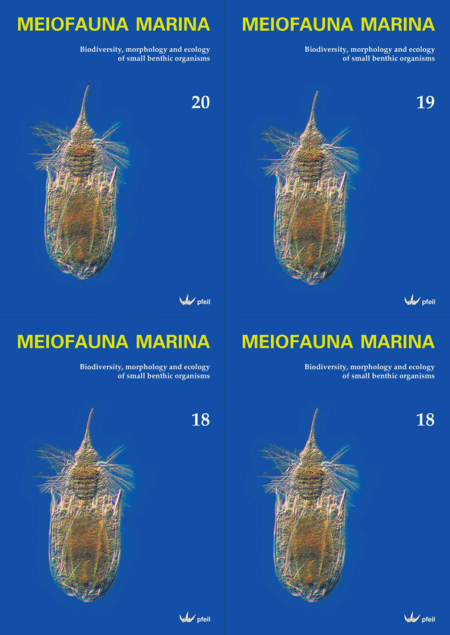
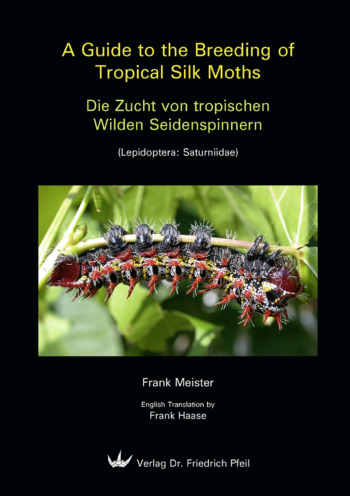
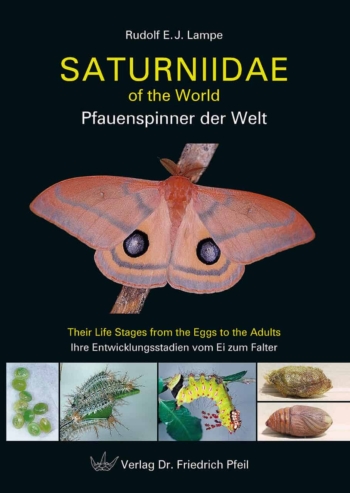
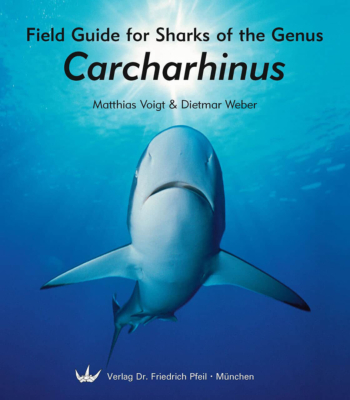
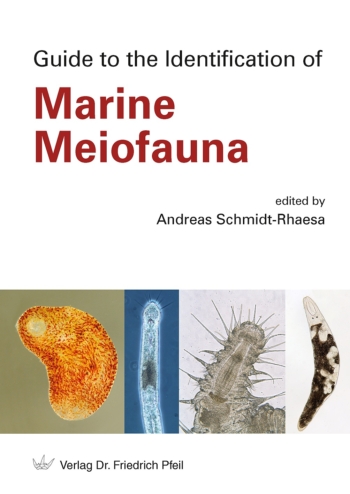
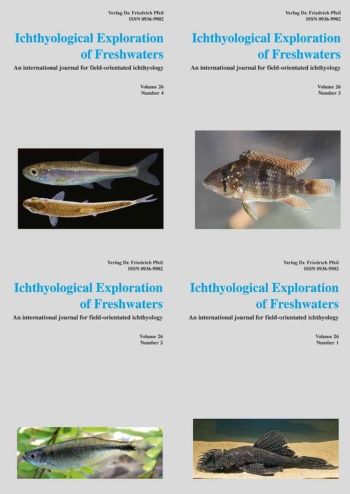
Reviews
There are no reviews yet.